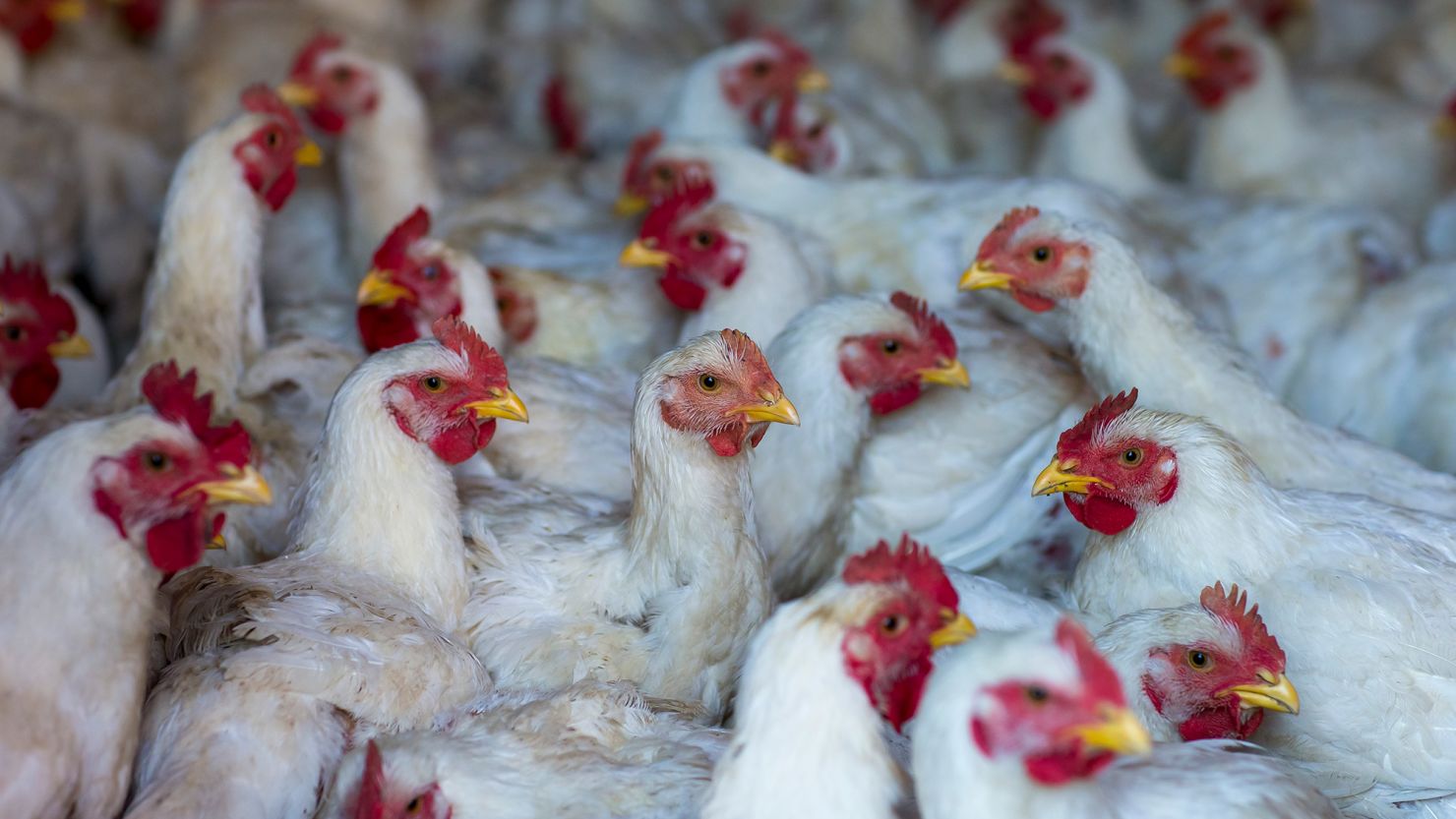
Avian Flu Symptoms In Birds
Understanding Avian Influenza in Poultry
Avian influenza is a viral disease of birds caused by the influenza A virus. While many wild birds carry strains without obvious illness, domestic poultry can suffer severe illness or death depending on the virus strain. North Dakota State University+3Cornell Wildlife Health Lab+3Animal Health Topics+3
It’s classified by virulence: Low Pathogenic Avian Influenza (LPAI) causes mild or no signs, while Highly Pathogenic Avian Influenza (HPAI) can cause rapid death and major flock losses. North Dakota State University+2Agriculture Victoria+2
Key Symptoms in Birds
LPAI (milder form)
-
Coughing, sneezing, nasal or ocular discharge. Agriculture Victoria+1
-
Drop in feed and water intake, ruffled feathers, depressed behaviour. Agriculture Victoria+1
-
Decrease in egg production or production of soft-shelled/ misshapen eggs. Cornell Wildlife Health Lab+1
HPAI (severe form)
-
Sudden death of many birds, often without clear preceding signs. Agriculture Victoria+1
-
Respiratory distress: gasping for air, rapid breathing, nasal discharge, coughing/sneezing. Agriculture Victoria+1
-
Swelling and purple/blue discolouration of head, comb, wattles, legs. University of Maryland Extension+1
-
Neurological signs: uncoordinated movement, twisted neck (torticollis), paralysis. Cornell Vet School+1
-
Drop in egg production, and increased mortality. UGA Cooperative Extension+1
Why This Matters for Your Poultry Operation
When avian influenza hits a flock:
-
The virus can spread quickly, especially with HPAI. Time is critical.
-
Even mild cases (LPAI) compromise productivity, health and may evolve.
-
Observing even subtle changes in your birds gives you a chance to act early.
What to Do If You Suspect Avian Flu
-
Isolate affected birds and contact your veterinarian or local animal health authority immediately.
-
Stop movement of birds, equipment, and vehicles in and out of the house.
-
Clean and disinfect housings, feeders, drinkers and equipment thoroughly.
-
Monitor other birds closely for any of the symptoms listed above.
-
Review your biosecurity: prevent contact with wild birds, control access, maintain hygiene.
Avian Influenza
Avian influenza presents a wide range of symptoms—from mild respiratory signs and reduced egg production to sudden death and neurological collapse. Knowing the difference between mild and severe forms, staying vigilant, and acting fast make the difference between saving a flock and losing it. If you see signs like swelling, purple discolouration, rapid deaths or abnormal movement, assume the worst and act accordingly.